How To Make Sauerkraut
As an Amazon Associate I earn from qualifying purchases.
Follow my easy step-step guide to learn how to make sauerkraut at home with just 2 ingredients. I cannot get enough of this tangy cabbage condiment.
In this post you’ll learn:
- How to make sauerkraut at home with no special equipment and only two ingredients.
- The health benefits of sauerkraut.
- The best equipment to get if you want to make larger quantities.
I love sauerkraut. It is one of my favorite things in the world and the better the sauerkraut, the more I love it. I’ll eat canned kraut from a store (Aldi brand is the absolute best as far as canned goes) but the cold bagged kind in the deli (such as Boar’s Head brand) is much better than canned.
However, homemade sauerkraut absolutely wins out over any and all sauerkraut that you could ever find on a grocery store shelf. Truly. It is night and day in terms of quality and flavor. So if you love sauerkraut as much as I do, today I am going to show you one of the most simplified ways of making it, with some tips and tricks at the end in case you want to go pro.
All you need is shredded cabbage, kosher salt, and a little bit of patience to make my . Let’s get into it and learn how to make sauerkraut a home!
Recipe Ingredients
- Cabbage
- Salt
How to Make Sauerkraut
Dump your fresh cabbage and salt into a large bowl.
Now you want to take your hands and squeeze and mix all of this together, bruising the cabbage as much as you can to help draw out the juices.
The salt will help a lot with this as well. I am using gloves on my hands but you don’t have to, just make sure your hands are really clean.
This is what it looks like after I’ve squeezed and mixed it up for a few minutes with my hands.
Now cover that and let it sit for about 10 minutes.
During that time the salt will draw a lot more liquid out of the cabbage. This is creating our brine in which the cabbage is going to ferment.
After 10 minutes you can see that it has lost even more volume.
It is always amazing how you can start with what you think is a large quantity of cabbage and be doing good to end up with a mason jar of sauerkraut.
Using a jar funnel, pack the cabbage down into a mason jar (I am using a large mouth quart jar).
Pack it as tight as you can, trying to get the cabbage submerged in the salt water it has wept.
Let that sit for the rest of the day.
You should end up with enough liquid to cover your cabbage, as you can see in this photo. If by the next day you still don’t have enough, you can add a little bit of water to make up the difference.
Leave your sitting out on your countertop or in a cool place (between 65 and 72 degrees is best if possible) and let it for 1 to 3 weeks.
The importance of venting the sauerkraut
Now you need to know that a LOT of gas is going to build up during this . During the first week, I open the lid each morning and each evening and then put it back on to allow the gas to escape. After that week I do it about once a day.
Over time your sauerkraut will begin to develop its taste, which only gets better the more time goes on. I generally put mine in the fridge and start eating it after 2 weeks but you can leave it out another week if you like or put it in the fridge in as little as 3 to 4 days if you want a very mild taste, which is absolutely not my preference. I like a deeper, richer, more fermented cabbage that tends to show up around the 2-week mark.
Storage
Store your sauerkraut in the fridge for several months (we’re talking 6 months, although I doubt it will last that long).
Recipe Notes
- I like to use kosher or sea salt but you can also use Himalayan salt. Just don’t use iodized salt because the iodine has been known to inhibit fermenting.
- Try to keep your cabbage pushed down beneath the salt water level. They sell weights on Amazon for this (click here to see them) but I have never used them. You can also use a regular mouth 4-ounce jelly jar to help weigh the cabbage down or even a zipper seal bag sealed shut with water inside, but again, I’ve never had a need myself. I just push it down once a day, with a clean wooden spoon, during the . I’m perhaps overly cautious not to touch it with my bare hands as I don’t want to disturb all of the happy bacteria that are being born.
- For added flavor, you can add a couple of tablespoons of shredded fresh ginger and minced garlic cloves to the kraut. Other dried herbs and spices to add include 1 tablespoon each of caraway seed, dill seed, and/or mustard seed.
- You can also add 2 to 3 grated carrots to this fermented sauerkraut recipe.
Recipe FAQs
What are the health benefits of sauerkraut?
There are a LOT of health benefits to eating sauerkraut and other fermented food. Specifically, sauerkraut is high in fiber, vitamins C, A, K, and B. It’s also a good source of iron, copper, magnesium, calcium, and manganese.
Sauerkraut also contains a lot of great living and highly concentrated probiotics which serve countless purposes in your digestive system.
What’s the best salt to cabbage ratio for sauerkraut?
Generally, you want a heaping tablespoon of salt per 2 pounds of cabbage. If you are thinking it will taste salty, it really doesn’t. It will be the first few days but it isn’t sauerkraut yet at that point. The more it ages the less salty it becomes and a whole other flavor of wonderful develops in its place.
However, if you end up with it too salty for your taste once it is done, the preferable method of dealing with that is to add a little additional water to the brine rather than pouring the brine out because so much goodness is in that.
What happens if I forget to vent my homemade sauerkraut?
If you forget to vent for a day or two, the best thing to do is place your jar in a plastic grocery bag, close the bag up around it a bit, then open the lid. There will likely be some spewing as the gases escape but the bag will catch it all. Once the jar is open, close it again and rinse it off. No biggie.
I should let you know that they sell these little airlock things (look up on Amazon), which fit on mason jars to help vent the gases but I’ve never had the need because I only do small batches in mason jars and it is no trouble to vent the jar once or twice a day.
What is a fermenting pot?
If you want to get into fermenting larger quantities of sauerkraut and other veggies (check out my homemade kimchi recipe here), you might want to invest in a fermenting pot. You can find them on Amazon, along with the weights mentioned above.
My fermenting pot has a special well around the top that you can pour water in to seal the pot, but still allow gases to escape as they are formed so there is no need to vent the pot each day as we do with mason jars. This helps protect against spoilage as well and allows you to leave your fermenting alone for the most part until it is ready, as long as you check the water level on your seal from time to time.
What’s the main ingredient in sauerkraut?
The main ingredient is shredded green cabbage. However, for something different you can use red cabbage or napa cabbage instead.
Can I freeze sauerkraut?
You can freeze sauerkraut but I don’t recommend it, as it kills all those probiotics and beneficial bacteria you’ve worked to create. Luckily, it will last for months in the fridge, so there’s no need for freezing.
How do you serve sauerkraut?
Sauerkraut is a great topping to add to salad, burgers, wraps, hot dogs, or sandwiches. Add it to a classic Reuben sandwich, hot dog chili, meatloaf burgers (with burger slaw), or potato salad.
Check out these other pickles and relishes:
Chow Chow Recipe (Southern Relish)
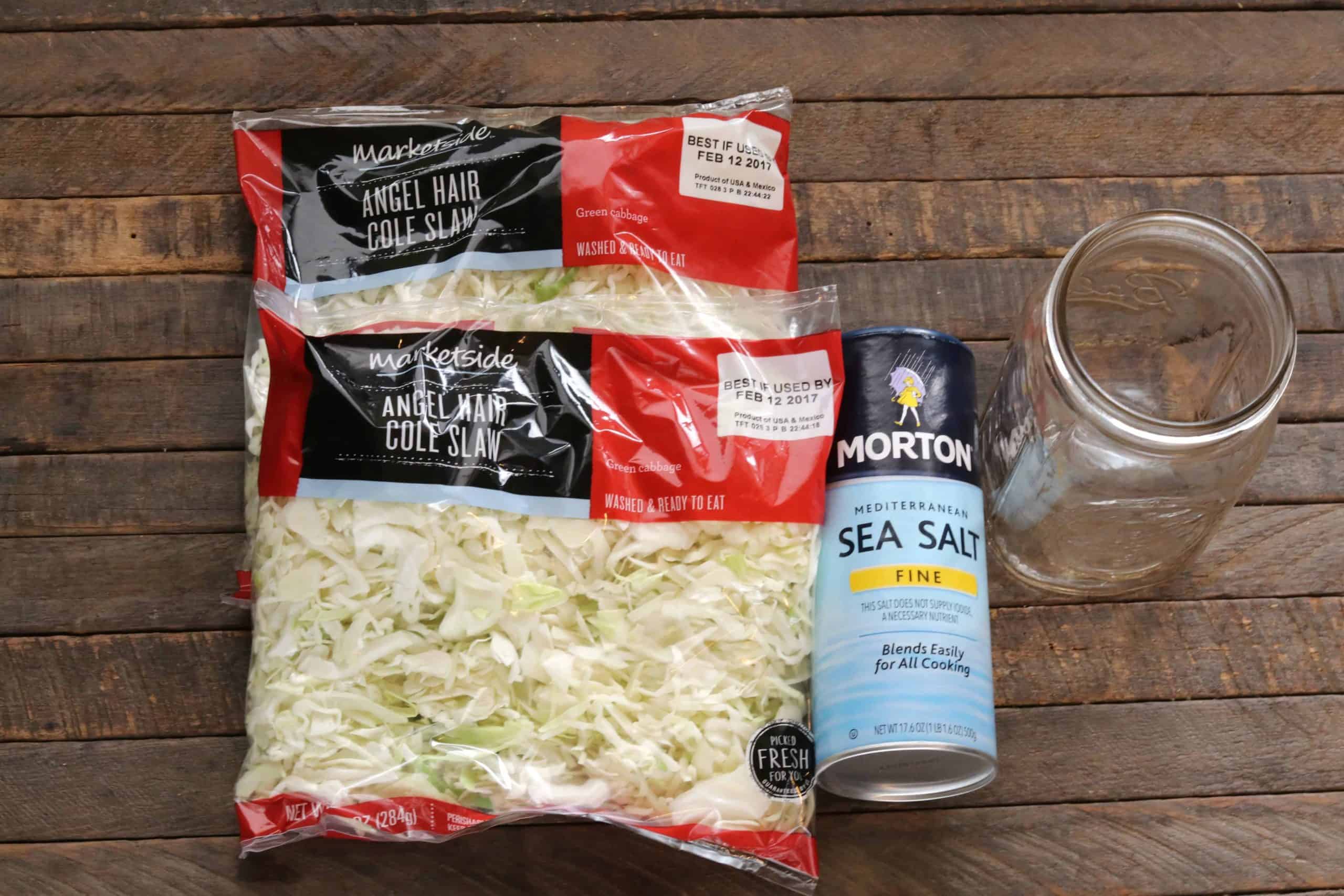
Ingredients
- 1.5-2 pounds shredded cabbage
- 1 tablespoon kosher salt
Instructions
- Place shredded cabbage in a large bowl. Sprinkle salt over. With very clean hands (or using gloves) squeeze and mix cabbage and salt for several minutes, until it decreases in volume and starts producing juices.1.5-2 pounds shredded cabbage, 1 tablespoon kosher salt
- Cover and let it sit for 10 minutes.
- Pack the cabbage into a mason jar, pressing down as much as possible. Cover and let it sit for a day.
- Check to see if there is enough liquid to cover the cabbage. If so, open the lid and press down until the cabbage is submerged. If not, add a little more water so that there is enough to cover. Press cabbage down to submerge. Cover with lid once more.
- For the next week, open the lid in the morning and evening to release pressure and then immediately close it again. After the first week, once per day should be enough.
- You can begin testing the flavor of the sauerkraut after one week. Once it reaches your desired depth of flavor it is ready to place in the refrigerator and start eating. Store in the refrigerator for several months. I prefer to leave mine out for two weeks before refrigerating.
Nutrition

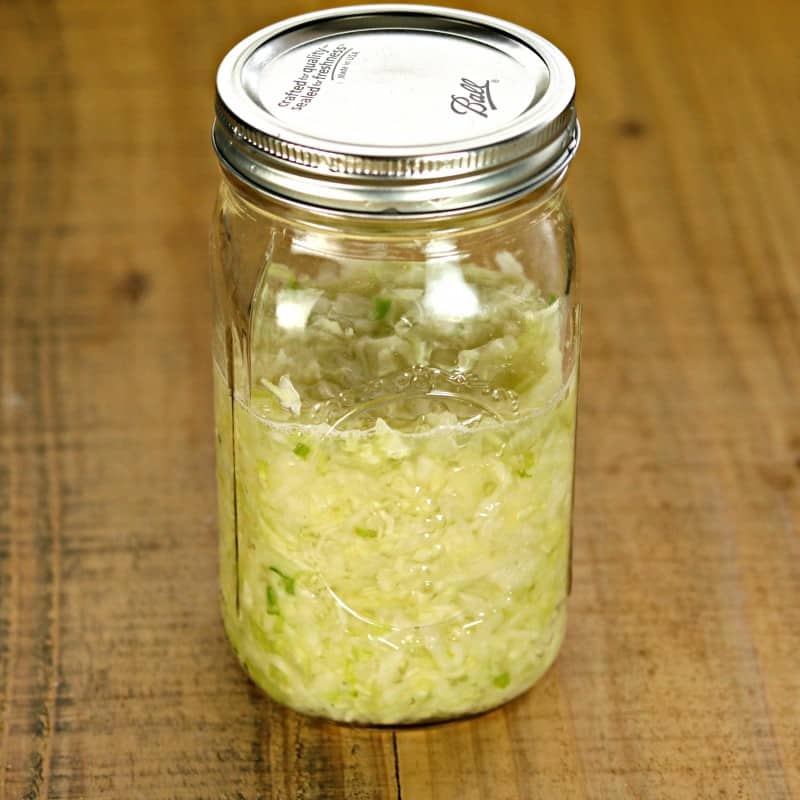
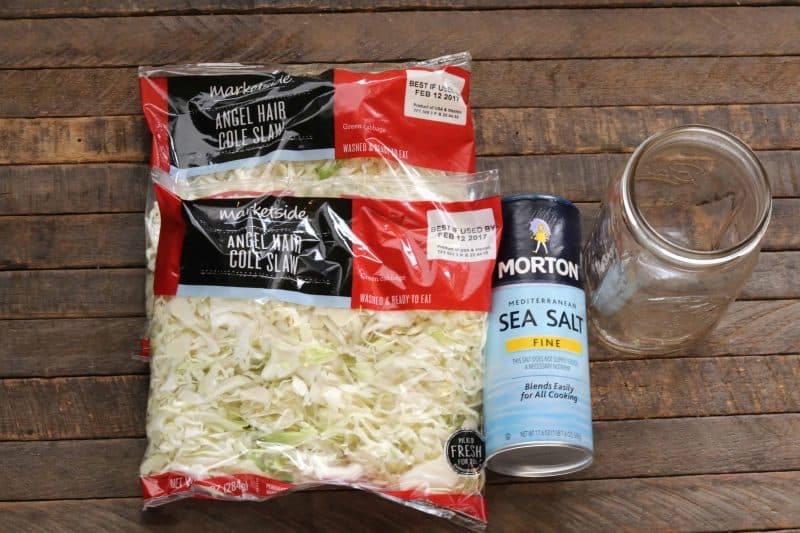
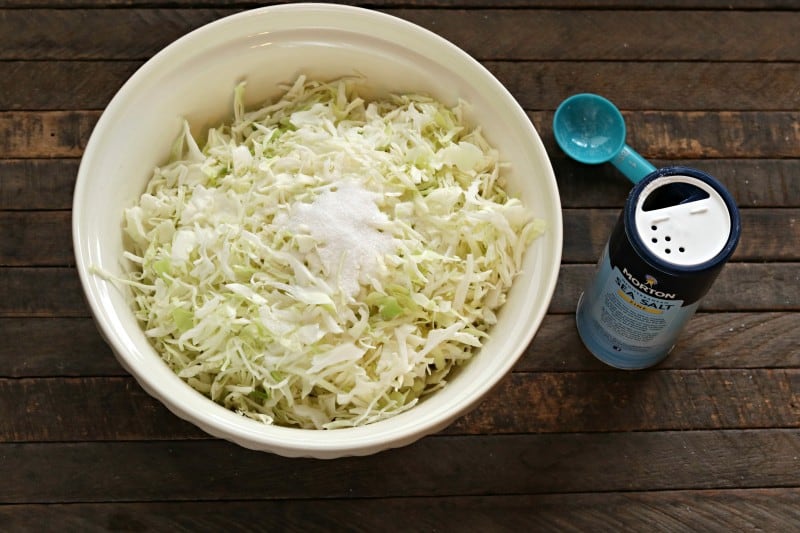
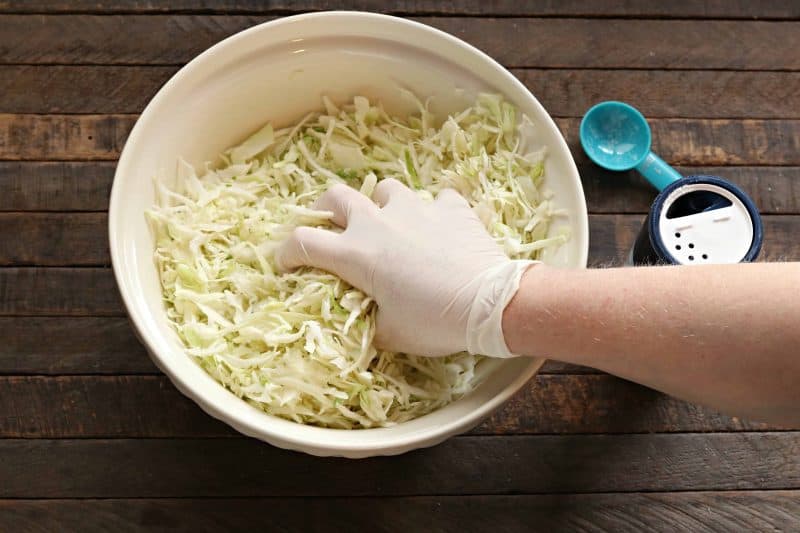
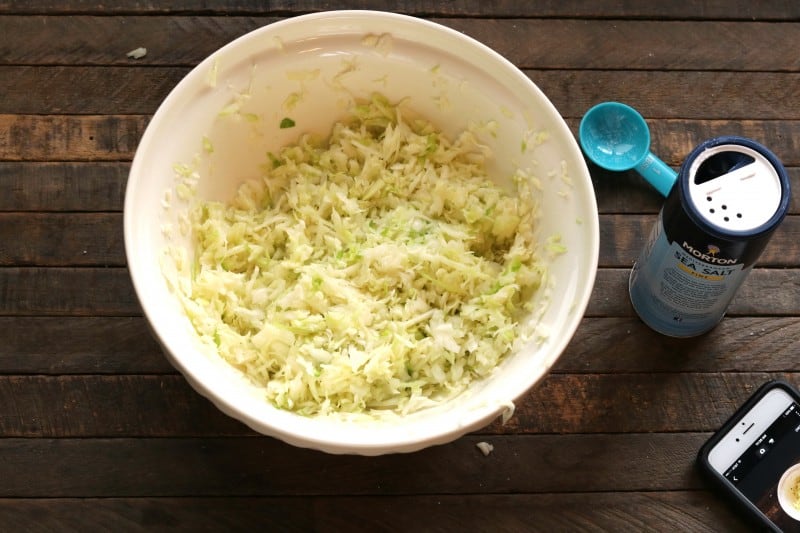
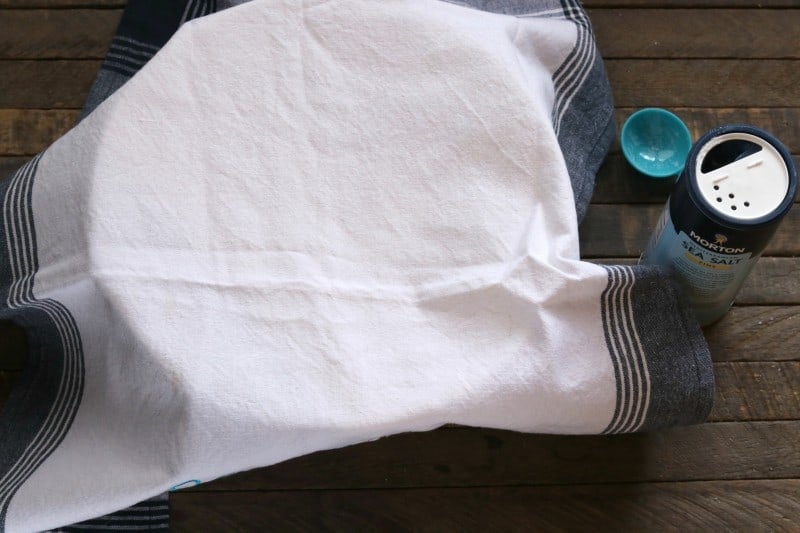
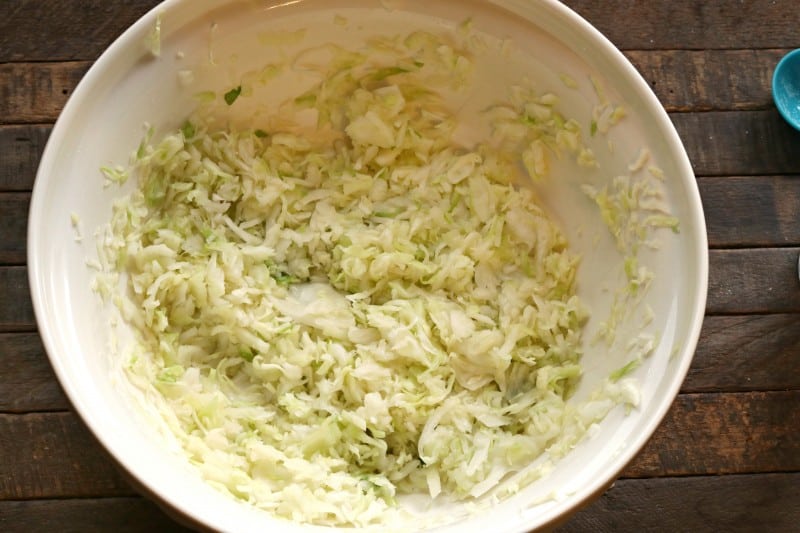

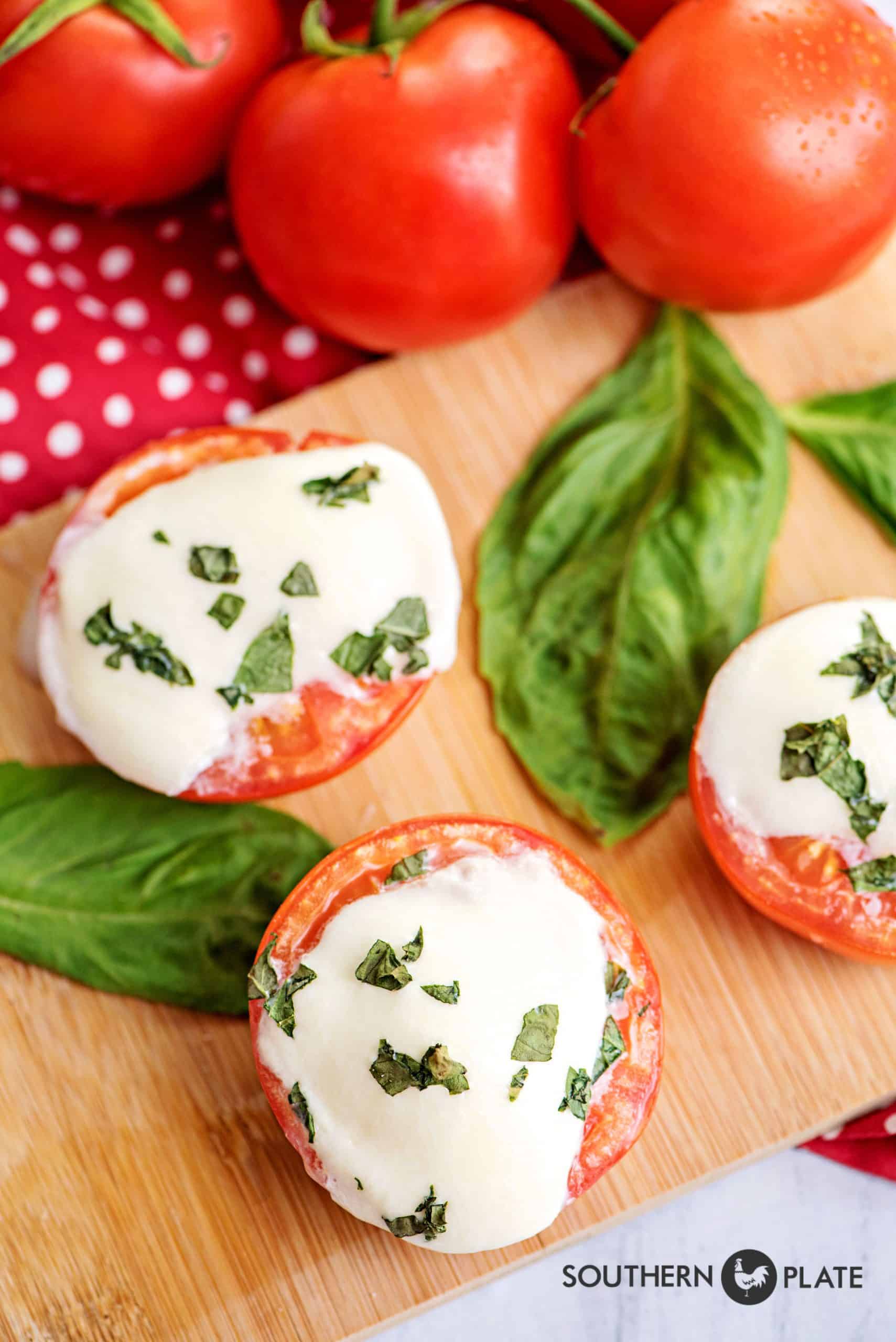

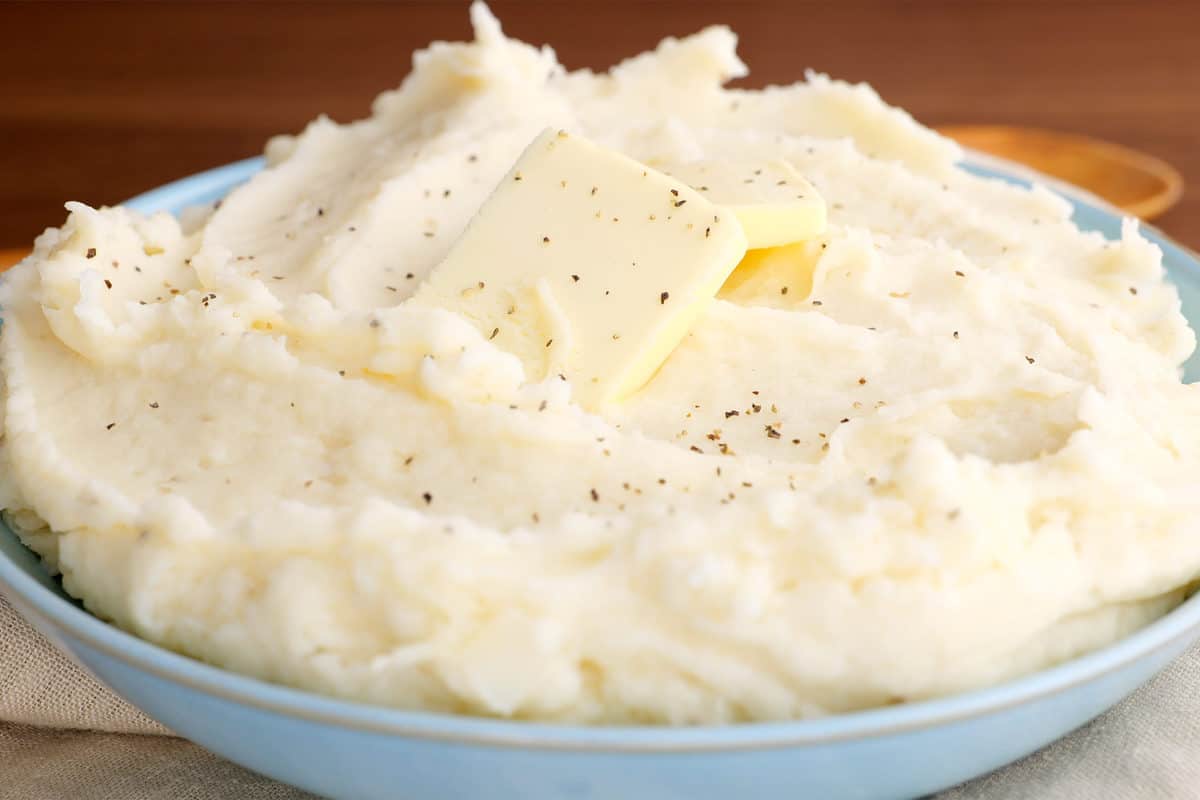
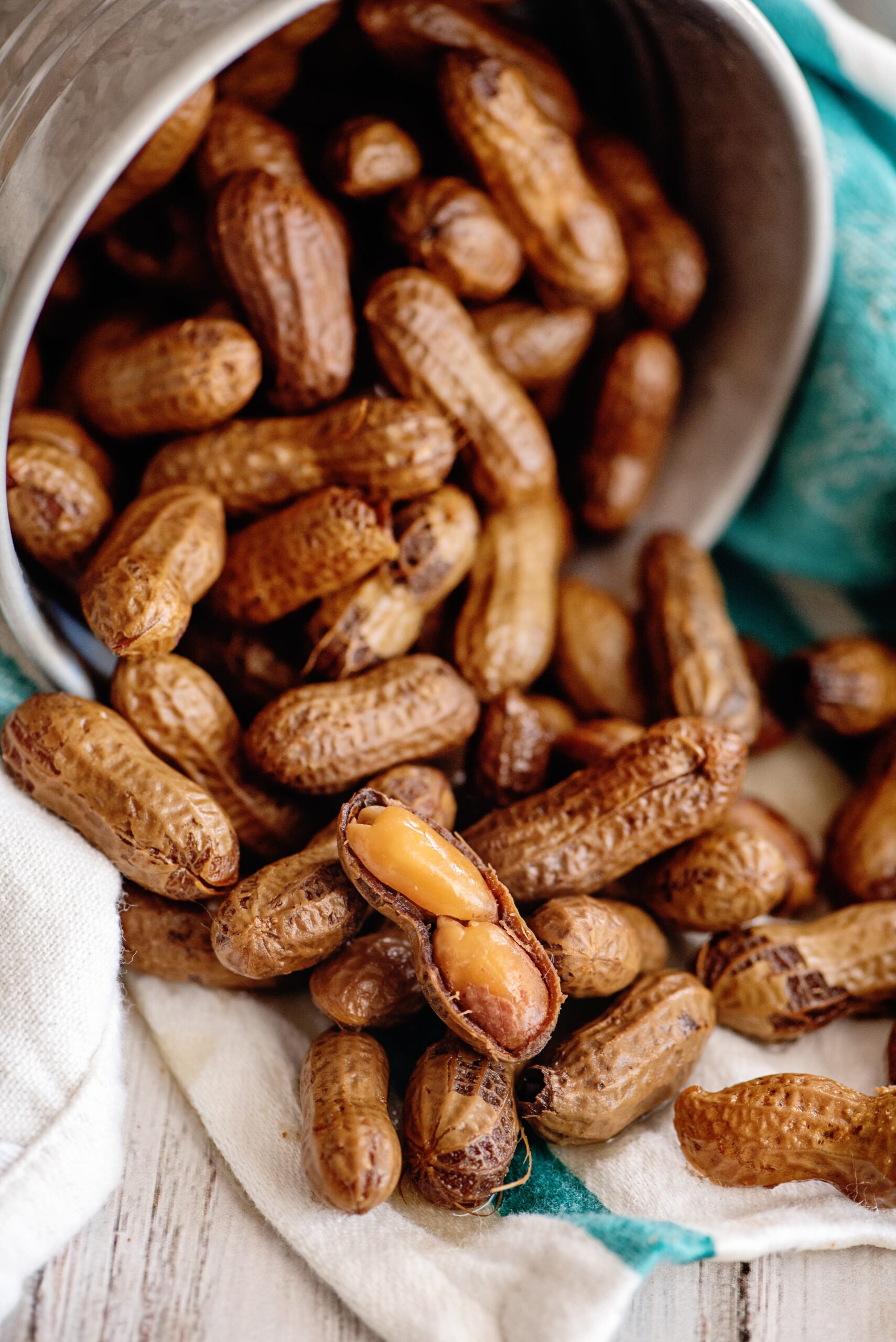

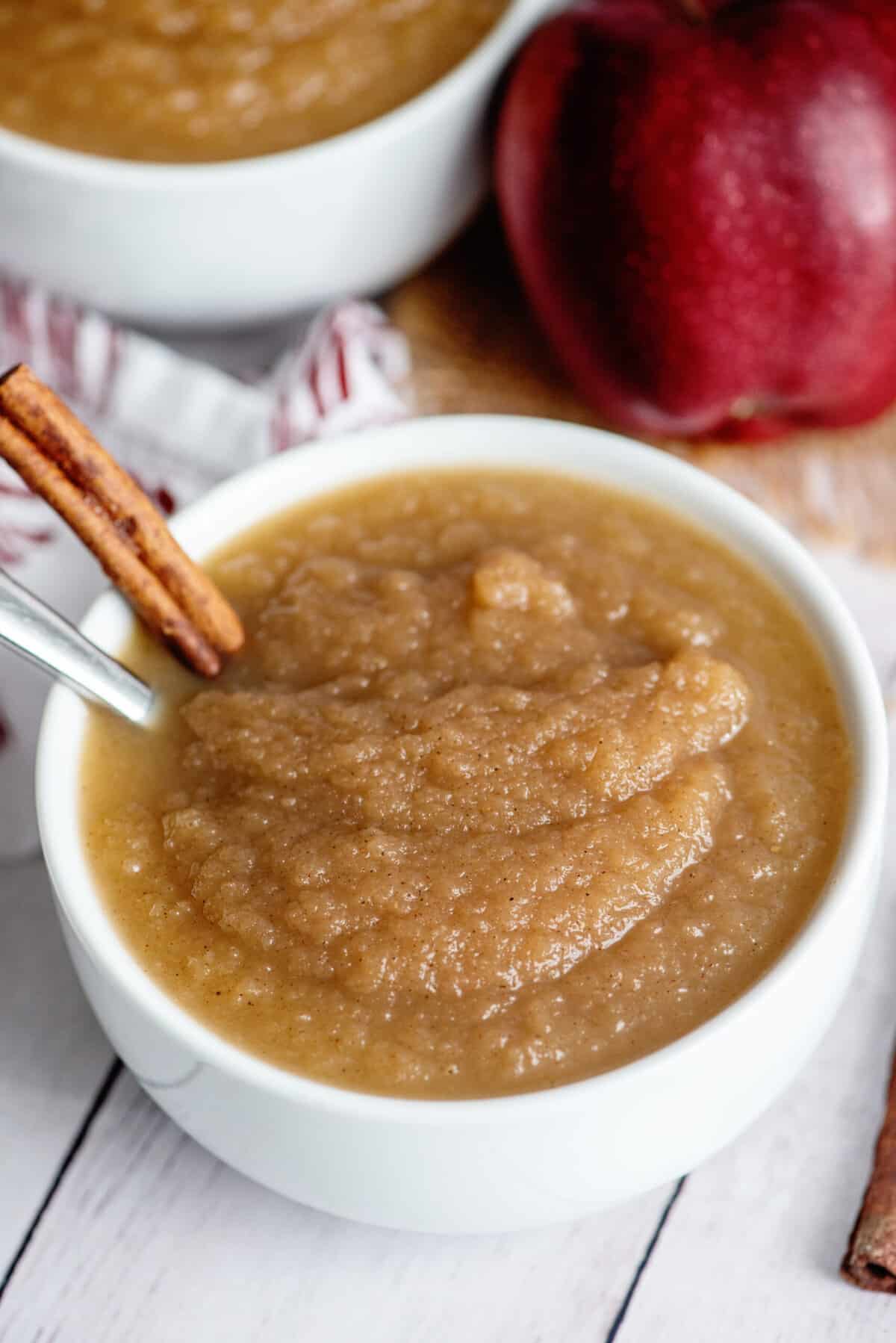
I started my kraut a week ago but it has not bubbled as I thought it would. It tastes good and I open it up twice a day but it just looks like it just sits there. Have I done something wrong? I used the brine called for but I did have to add a little water. What do you think is wrong if anything?
WOW!!!! That’s all I can say!! After receiving this post, I immediately bought a head of cabbage, which I shred and put into a big, glass jar, that I also bought right away. Now, 2 weeks later, I am thrilled. This is SO EASY and oh, so good, I will never buy sauerkraut again. I love to make all things homemade, if I can. Although I vented it daily, I did miss the part about pushing it down once a day. But it doesn’t seem to have made a difference. Thank you so much, Christy. Another success following one of your fabulous recipes!! Keep them coming, and God bless you!!
I am so excited to hear that!!! You just made my day – glad to meet another sauerkraut lover!! Homemade is just a game changer, isn’t it?
Thank you and God bless you, too!
We have made sauerkraut for years (maybe 20+). We use a 5 gallon crock. The cabbage is shredded and then salt is added as he “stomps” it with a (get ready) a 2×4. He keeps stomping and adding cabbage and salt. We cover it with a ceramic plate and large river rock. The top is then covered with cloth and taped around sides. This ferments for at least 4 weeks. It is wonderful. We give a lot of it away to friends but it is a big hit in our house. Nothing better than pork and sauerkraut in the crockpot and then with mashed potatoes. I do add a lot of brown sugar to the sauerkraut while it cooks. Soooo good.
I forgot. We can this in quart jars in water bath for 15 minutes to seal lids. Keeps forever. Actually, I think the older it is, the better.
Love the simplicity of making this food that is so good for you. Did I miss the link to the fermenting crock you use for kimchi?
Hey Jan! I haven’t posted it yet. Probably this week or next 🙂
Love this recipe, I’m going to try it asap. I Love HOMEMADE sauerkraut. I have found that people that say they don’t like sauerkraut haven’t tasted GOOD HOMEMADE sauerkraut. My mother in law, for years, has used a clean 5 gallon plastic pickle bucket from a local restaurant to make hers in. Along with a plate and a clean brick or water bags on top to keep it weighted down. She then covers the whole top with a clean towel and ties it with string around the top to secure the towel on top. About once or twice a week she takes the towel off and checks it. If any foam as bubbled up on top of the plate she cleans it off then replaces it all back to wait. Her’s is the best I have ever eaten !! Could hurt myself eating it! The main thing is to keep the cabbage completely covered in the brine water are it wont work. If needed you can mix a little salt in water and add to it.
Christy, thank you for simplifying everything you present to us; that is what I love about you and Southern Plate!
Christy do love all the advice. I am older and remember my grandmother having a 3
gallon (looked like a cookie jar) under her breakfast table full of kraut all the time.
When we went to her house we ate kraut,kolochies,meat loaf ,and baked potatoes.
She lived to 99 years young.
I’ve made kraut but never with frozen cabbage. Our garden produce much cabbage all
of the Lord’s making. Wonder if it will make good kraut since it’s been frozen. I must still have 10
big bags of frozen cabbage and you have made my mouth water with all this talk.